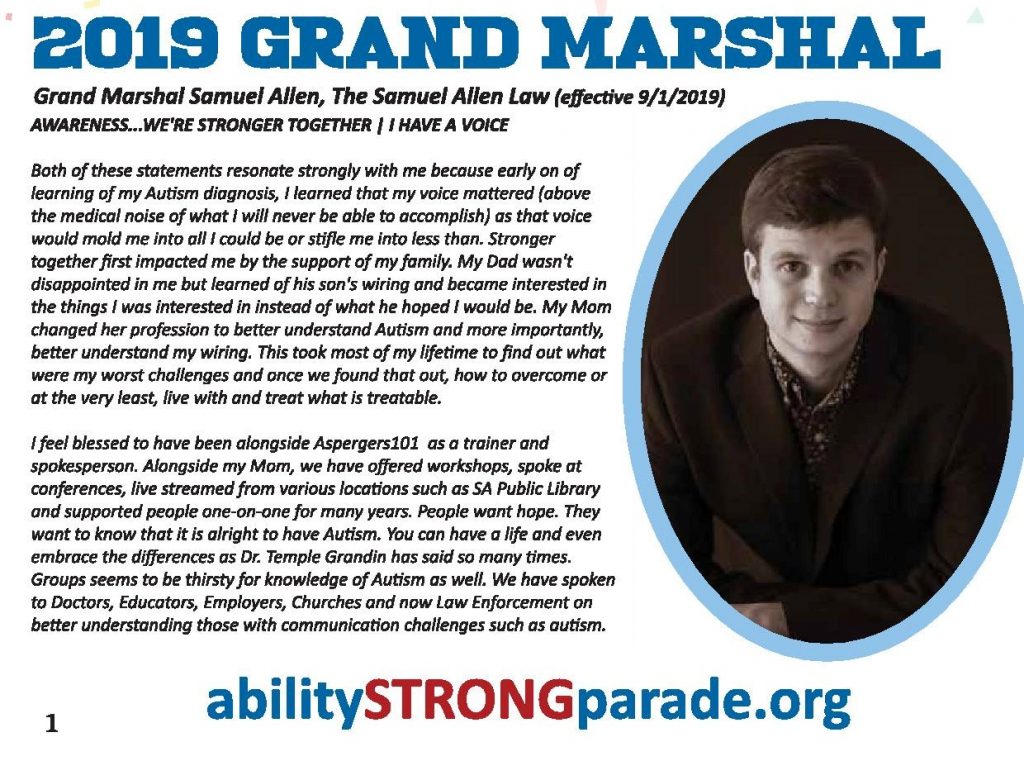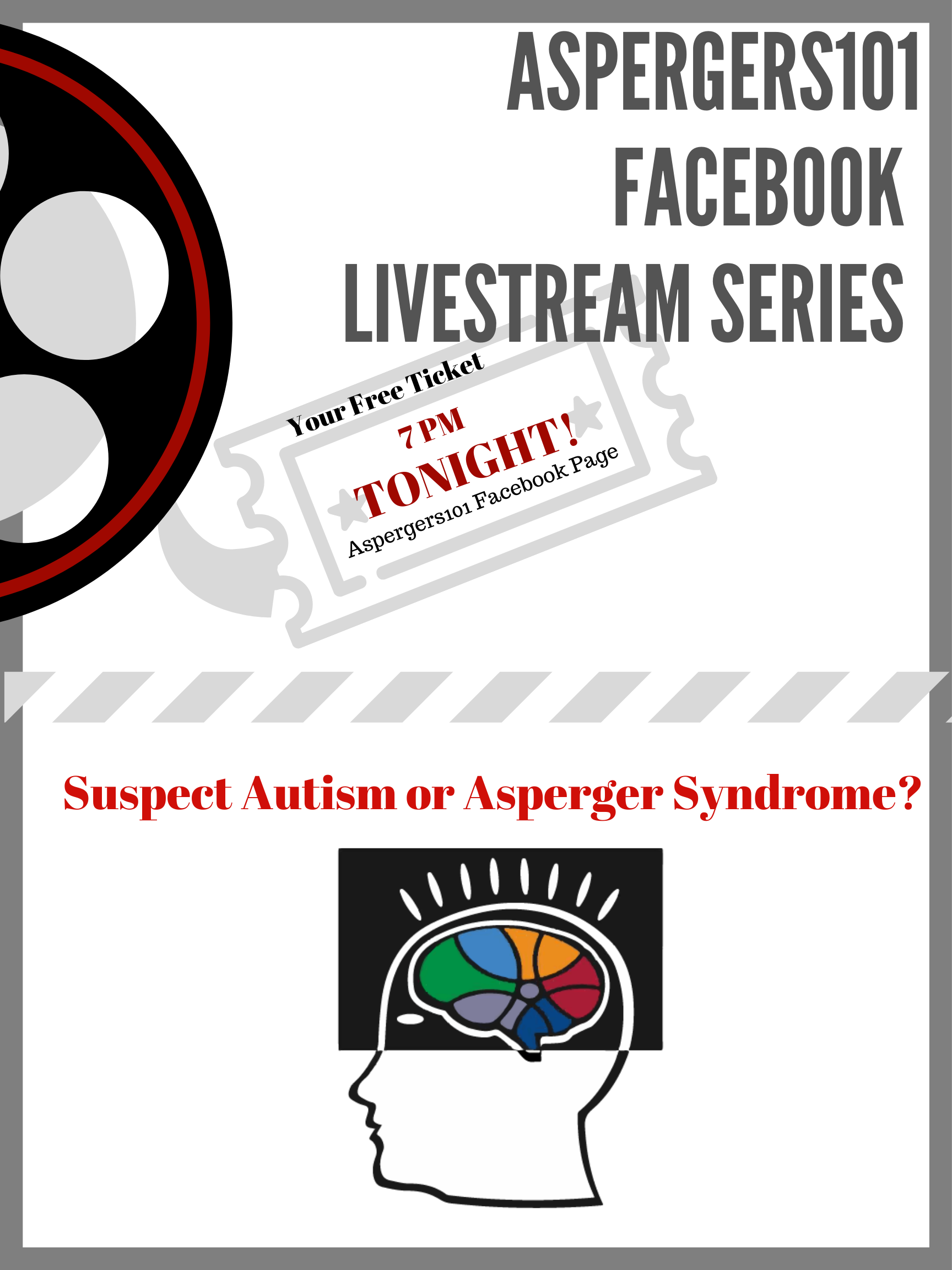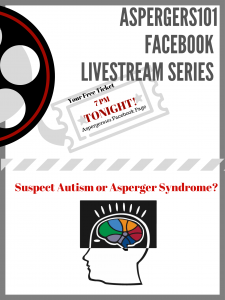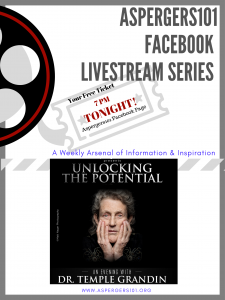Ode to the Special Needs Mom
This is an older post. One I wrote many years ago when my son, Samuel was very young. The alienation I felt then, has been replaced with an empathetic wisdom from life lived. Seems important not to forget those initial (relate-able) feelings as many of you are just beginning your journey with Autism. Know you are not alone and that the hope you have for your child, above all the noise, is what will be your child’s ultimate ‘therapy’ for living the best life possible!
Neurotypical Mom, as a Special Needs Mom your world is foreign to me. Rotating seasons of soccer, cool moms club, overnight parties, and college sororities comprise a universe outside my own. Church youth camps and activities that have the word “team” in them are daily reminders that I have a special needs child. Your child is included, mine is not. And I must find a way to turn these negatives into positives for the sake of my child’s future.
You see compassion instead of judgment; inclusion is actually put into practice instead of just being a buzz-word; and being a warrior for your child might be the strongest asset you women posses!

Raised competitive from a small town with sports and cheerleading in a world that didn’t include Autism makes it even more difficult to confess these surprising emotions. I’m not a whiner but what I want to do is shout “It’s not fair!” The only ones that hear or seem to want to understand this alien and painful feeling are what I’ve grown to refer to as special needs moms.Continue Reading
A graduate of Abilene Christian University, Jennifer had a long career in TV Broadcasting. Upon learning her oldest son Sam had a form of Autism called Asperger’s Syndrome, she left her career and became a full-time mother to both of her sons. Jennifer elicited the participation of her family and together they produced several independent programs including a children’s animated series titled Ameriquest Kids, as well as a documentary and book titled, Coping to Excelling: Solutions for School-age Children Diagnosed with High-Functioning Autism or Aspergers Syndrome. She formed the nonprofit Asperger101 to provide on-going free resources related to ASD at Aspergers101.com and has implemented the Texas Driving with Disability Program and continues to grow the statewide initiative today. She and her husband have recently retired to their property in the Texas Hill Country.






















